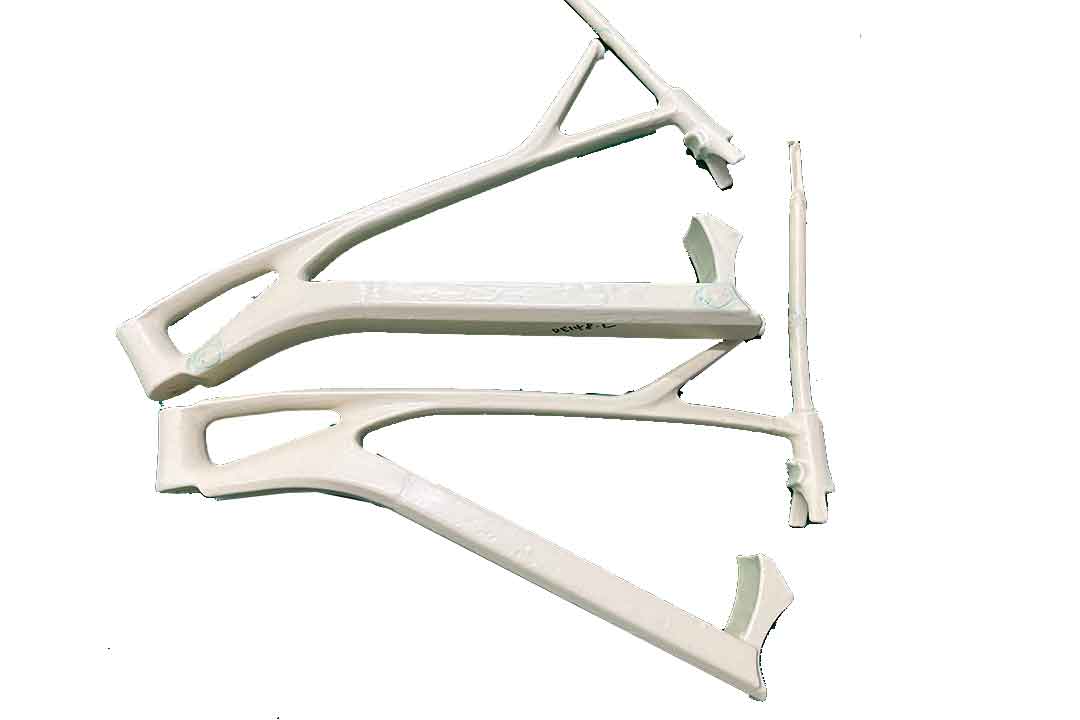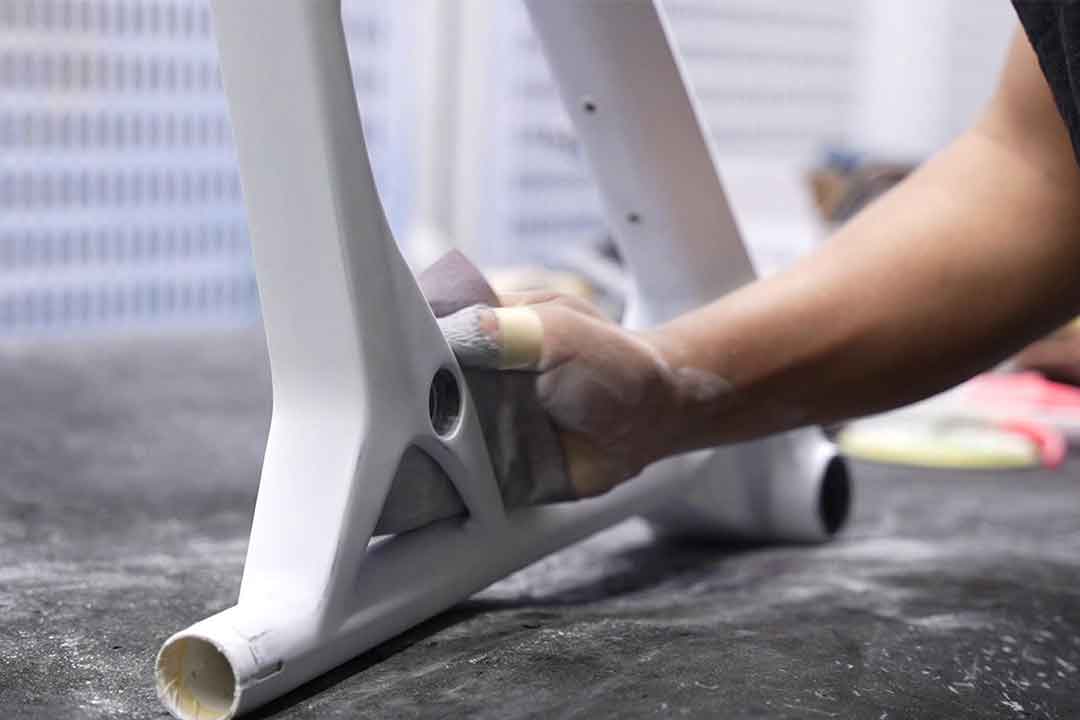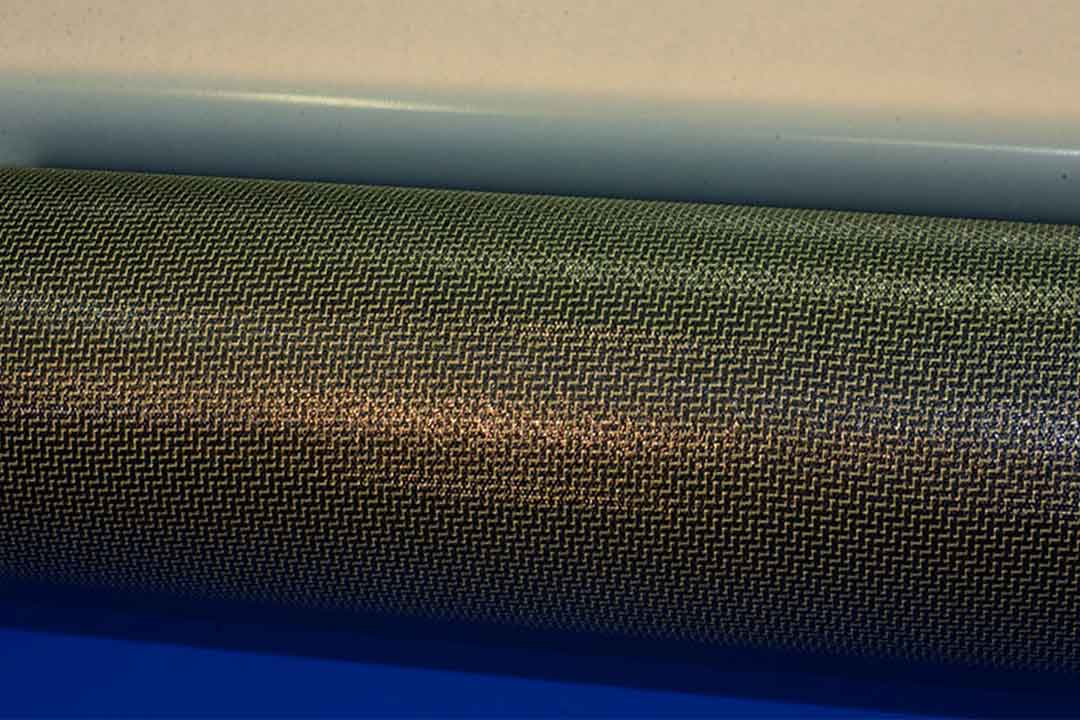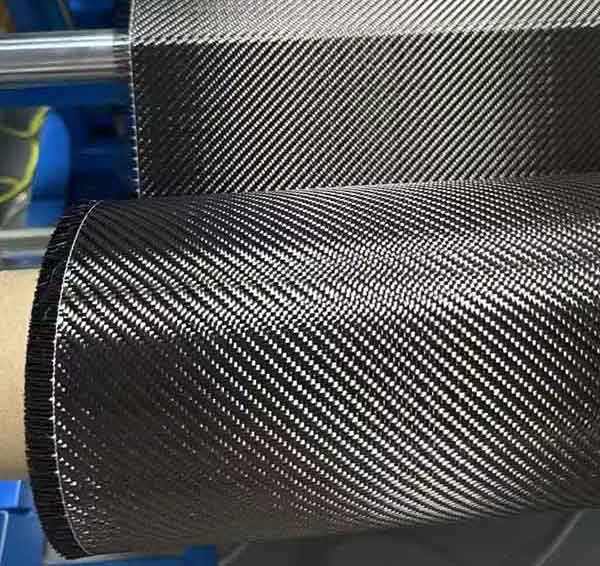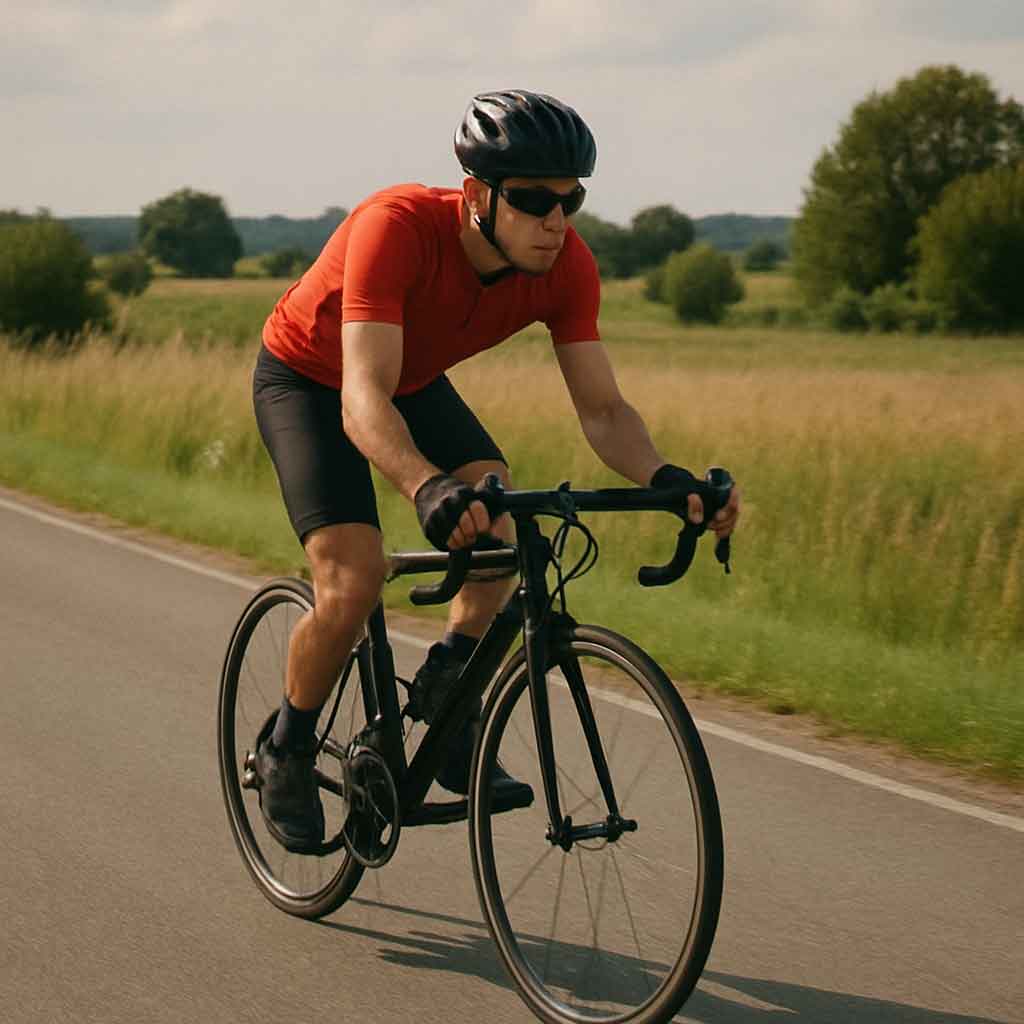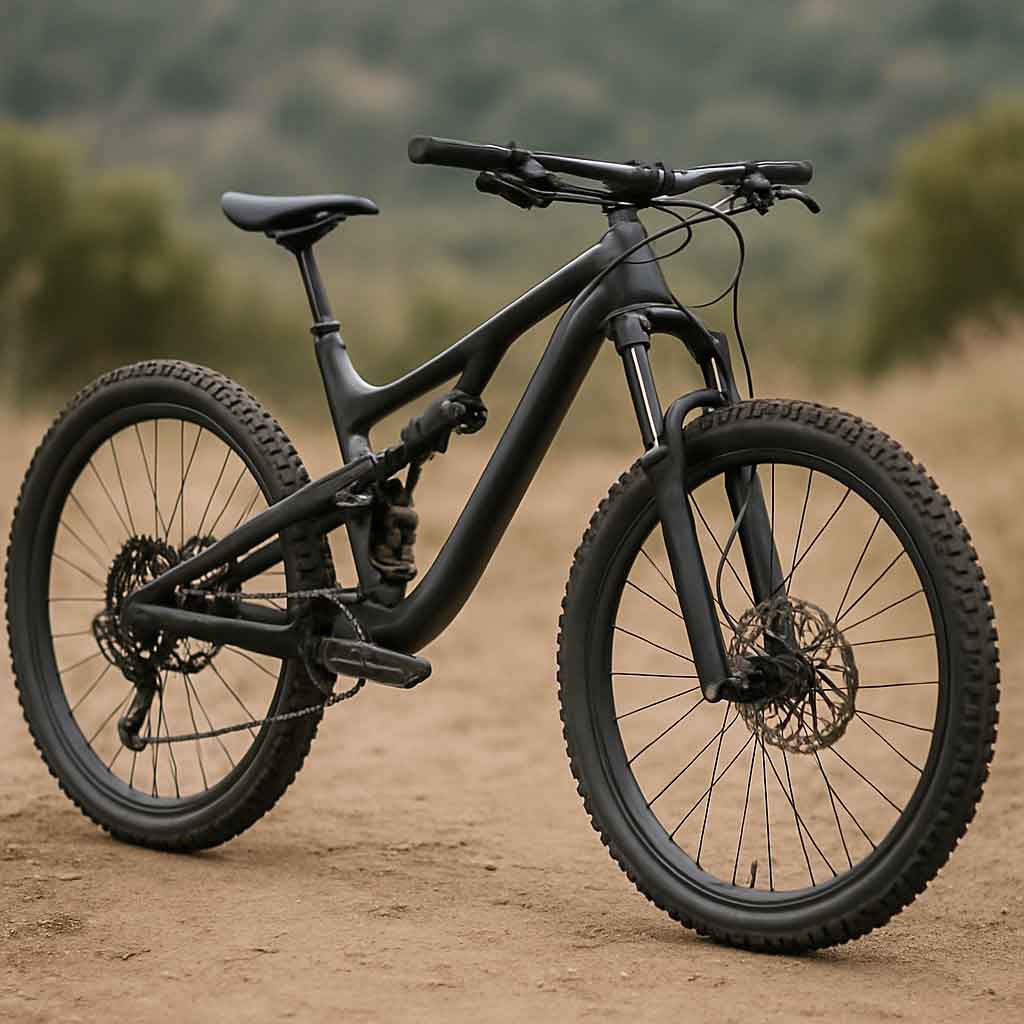Welcome to Mondince Bike - A well-known factory specialized in produce carbon bike frame and other parts since 2007.
Understanding Different Types of Bicycle Seat Posts
A bicycle seat post, also known as a bike seat post, is the tube that connects your bike's saddle to the frame. It allows for adjustments in saddle height and angle, which are crucial for a comfortable and efficient ride. This component is integral to your bike's setup, affecting not just comfort, but also how you interact with the bicycle. Seat posts come in various styles and designs, each tailored to meet different cycling needs, and selecting the right one can dramatically enhance your cycling experience.
Seat posts are made from a range of materials, including aluminum, carbon fiber, and steel, each offering a unique balance of weight, durability, and cost. The adjustability provided by the seat post is not just about making your ride more comfortable; it's about optimizing your power transfer and efficiency as you pedal. Whether you're riding on smooth pavement or rugged trails, the right seat post can significantly impact your cycling performance.
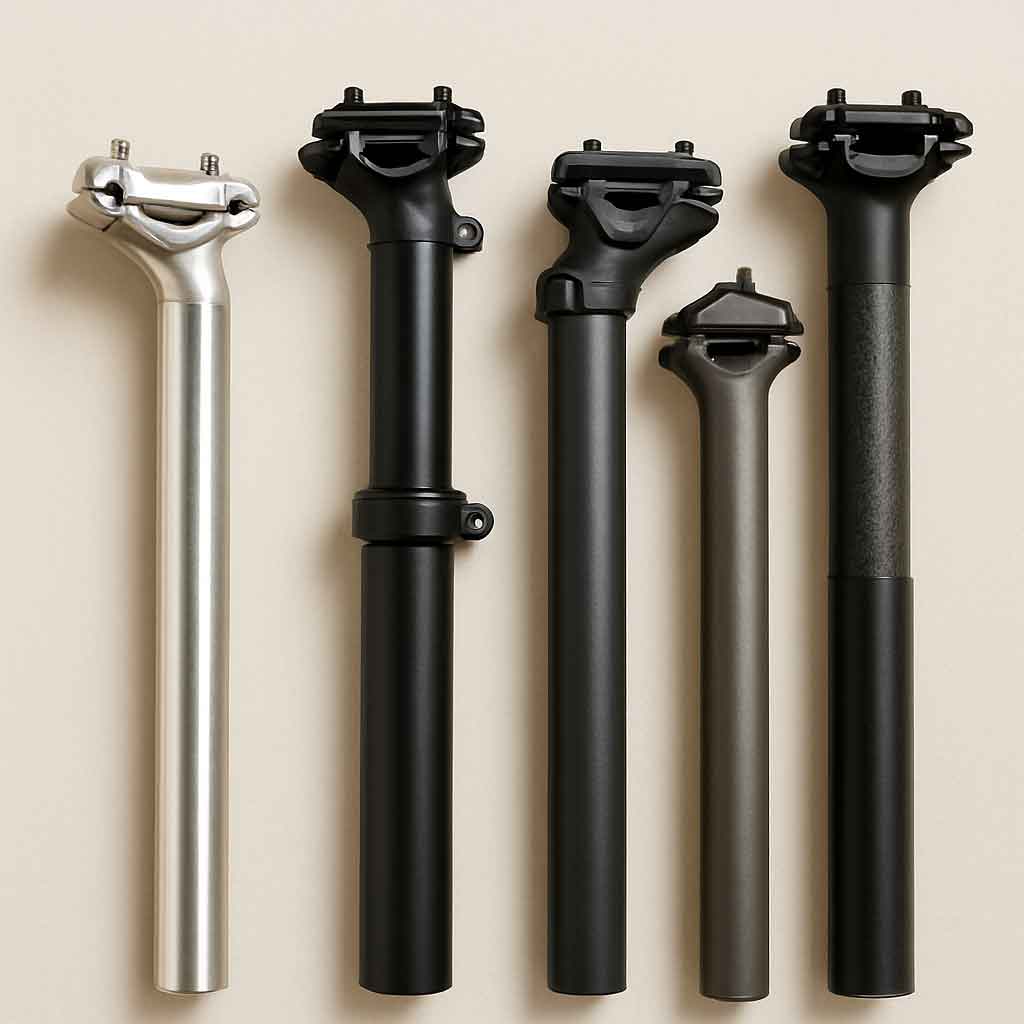
Rigid Seat Posts
Rigid seat posts are the most basic type of seat post. They are simple, lightweight, and often used in road bikes where minimal weight is crucial. These posts are typically made from materials like aluminum, carbon fiber, or steel, each offering different benefits. Aluminum is known for its balance of weight and affordability, carbon fiber for its lightness, and steel for its strength and durability.
The simplicity of rigid seat posts makes them highly reliable with minimal maintenance required. However, the lack of suspension can lead to discomfort on rough terrains, which is a trade-off for their lightweight and affordable nature. For cyclists who ride primarily on smooth roads, the rigid seat post offers an efficient and cost-effective solution.
Suspension Seat Posts
For riders seeking comfort on uneven surfaces, suspension seat posts are a viable option. They incorporate a mechanism, often a spring or elastomer, to absorb shocks and vibrations from the road. This can make a significant difference for those who frequently ride on trails or rough roads, as the added suspension can reduce fatigue and improve overall comfort.
While suspension seat posts offer enhanced comfort, they come with certain trade-offs. They are generally heavier than rigid posts due to the added suspension mechanism and can also be more expensive. However, for those who prioritize comfort over weight, especially on longer rides or rough terrains, the investment in a suspension seat post can be well worth it.
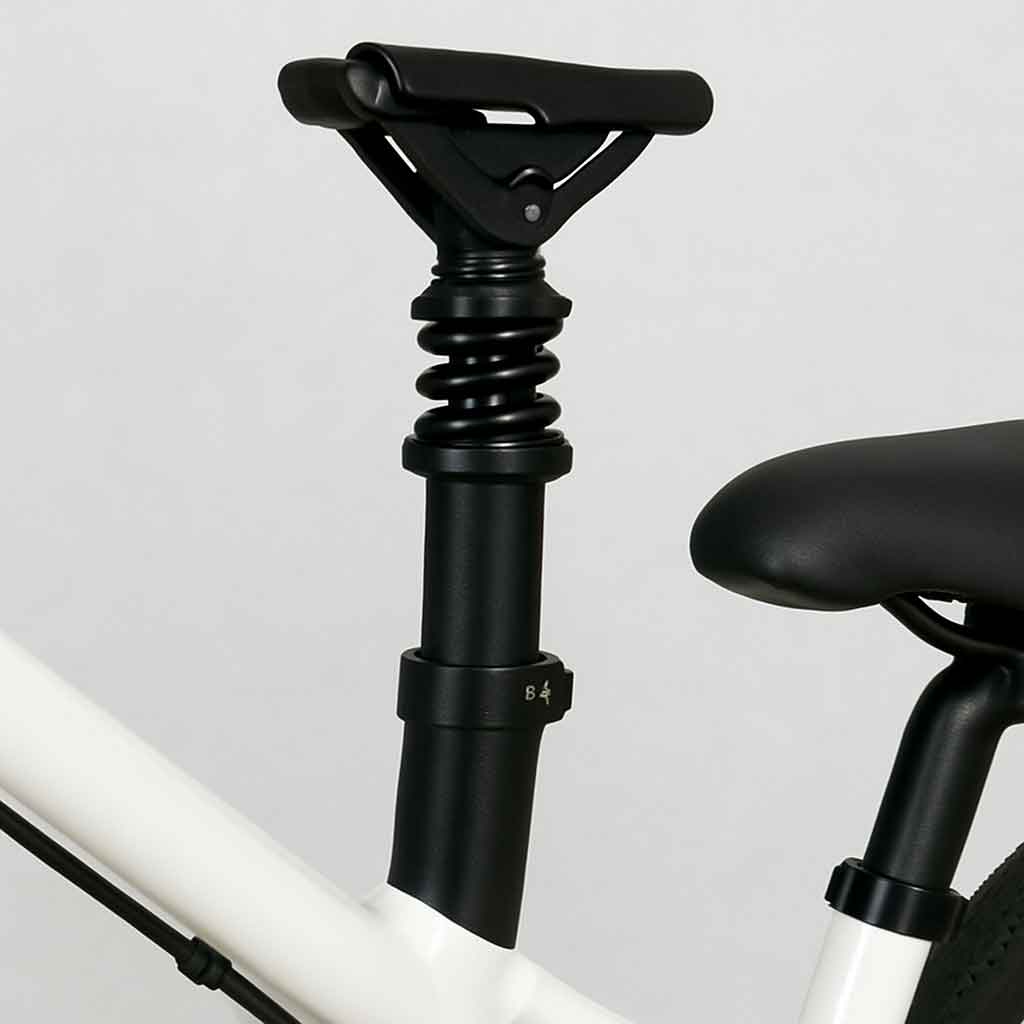
Dropper Seat Posts
Mountain bikers often favor dropper seat posts. These allow the rider to adjust the saddle height on the fly using a remote lever on the handlebars, a feature that is especially useful on trails with varying terrain. This adjustability allows riders to lower the seat for descents, improving control and safety, and raise it again for efficient pedaling on flat or uphill sections.
Despite their advantages, dropper seat posts have a more complex mechanism, which can sometimes require more maintenance and repairs. Additionally, they tend to be more expensive than other types of seat posts. However, for serious mountain bikers, the benefits of improved control and adaptability often outweigh these drawbacks.
Aero Seat Posts
Aero seat posts are designed for aerodynamic efficiency, making them a popular choice for competitive cyclists in time trials and triathlons. These posts are shaped to reduce drag, helping riders achieve higher speeds with less effort. The streamlined design is particularly beneficial for those focused on performance and speed.
While the aerodynamic design of aero seat posts is a significant advantage for racing, they come with limitations. The adjustability of these posts is often limited, and they are not well-suited for rough terrains. Cyclists who primarily ride on smooth, flat surfaces will find these posts beneficial, but those who venture onto varied terrains may need to consider other options.
Choosing the Right Seat Post for Your Bicycle
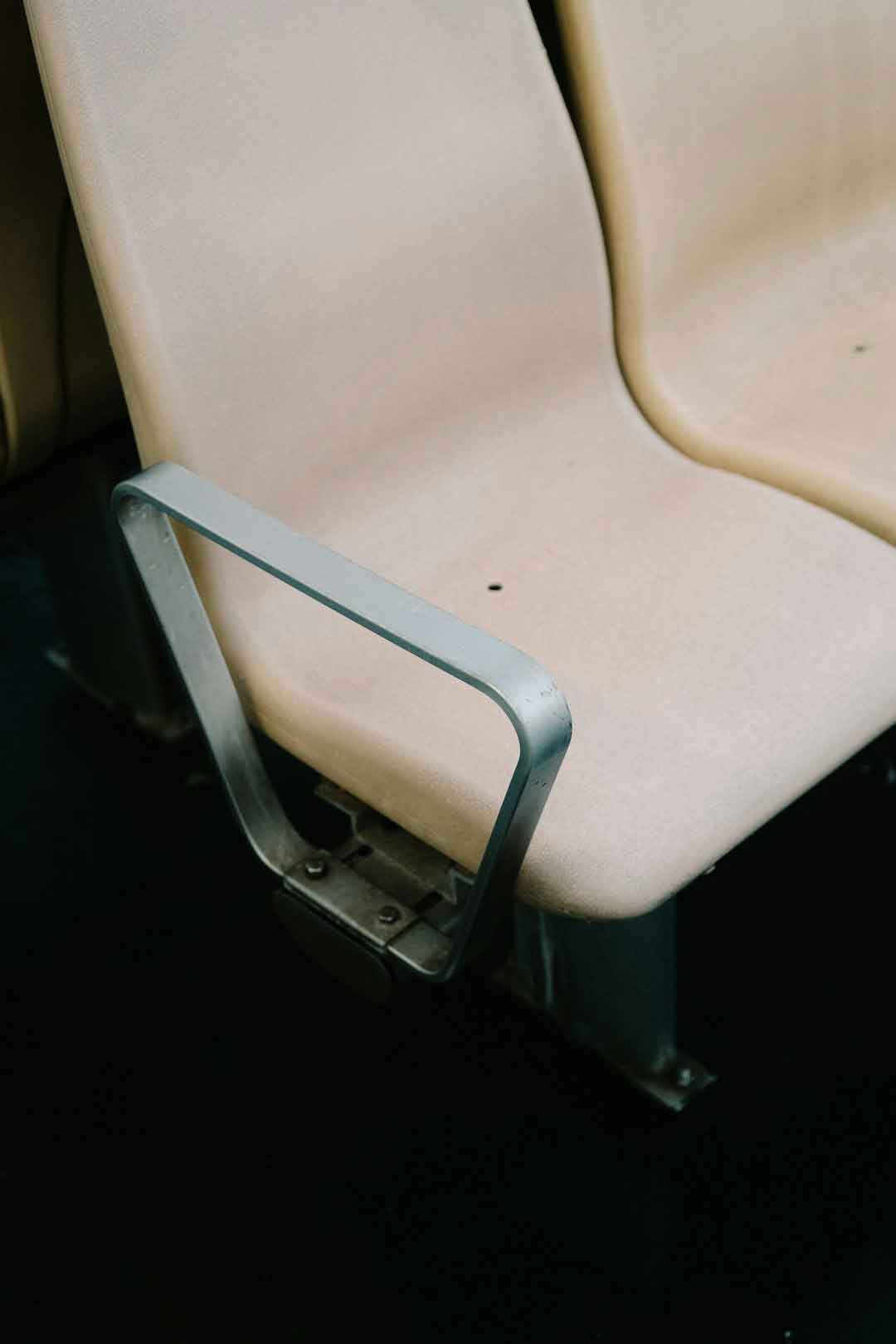
by Mathias Reding (https://unsplash.com/@matreding)
Consider Your Riding Style
Your choice of seat post should align with your riding style. If you're into mountain biking, a dropper or suspension seat post may be beneficial, offering the flexibility and comfort needed for off-road adventures. For road cycling, a rigid or aero seat post might be more appropriate, providing the lightweight efficiency or aerodynamic benefits that are key for speed and endurance.
Additionally, consider how often and where you ride. If your routes are mostly urban with occasional rough patches, a suspension seat post might provide the perfect balance of comfort and practicality. Meanwhile, competitive riders focusing on speed may prioritize an aero seat post to gain that extra edge in races.
Material Matters
The material of the seat post affects its weight, durability, and price. Aluminum is affordable and durable, making it a popular choice for many cyclists. Carbon fiber is lighter and can absorb more road vibrations, but it is more expensive. Steel offers strength and can withstand rough use, but it can be heavier, which might be a consideration for those looking to minimize bike weight.
When selecting a material, consider both your budget and the type of riding you do. The choice of material can influence not only the ride quality but also how your bike performs under different conditions. Weigh the pros and cons to determine which material aligns best with your cycling goals.
Sizing and Compatibility
Ensure that the seat post fits your bike's frame. Seat posts come in different diameters and lengths, so it's essential to check compatibility with your bicycle. A proper fit ensures stability and safety while riding. Measure the internal diameter of your bike's seat tube and match it with the seat post's specifications for a perfect fit.
Additionally, consider the length of the seat post to ensure you can achieve the desired saddle height. An incorrectly sized seat post can lead to discomfort and inefficiency, so take the time to find the right size and fit for your bike.
Budget Considerations
Seat posts vary widely in price, from budget-friendly options to high-end models. Determine your budget and find a seat post that offers the best features within your price range. Remember that while investing in a quality seat post can enhance your riding experience, there are plenty of affordable options that offer excellent performance.
Consider your long-term cycling goals and how much you're willing to invest in your bike's components. Sometimes spending a bit more upfront can save you money and hassle in the long run, particularly if you plan to ride frequently or under demanding conditions.
Installing and Adjusting Your Seat Post
Once you've selected the right seat post, proper installation and adjustment are crucial for optimal performance. A well-installed seat post can make a significant difference in how your bike feels and performs.
Installation Steps
- Remove the Old Seat Post: Loosen the seat clamp and slide out the old post. Take note of the current saddle height and angle if you're satisfied with your previous setup.
- Insert the New Seat Post: Apply a thin layer of grease to the seat tube to prevent seizing. Insert the new post and align it properly, ensuring it matches the desired height and angle.
- Tighten the Seat Clamp: Ensure the post is at the desired height and angle before tightening the clamp securely. Double-check that everything is stable and aligned correctly.
Adjusting Saddle Height and Angle
The saddle height can significantly affect your comfort and pedaling efficiency. To find the correct height, sit on the saddle and place your heel on the pedal at its lowest point. Your leg should be nearly straight, which indicates an optimal height for efficient pedaling. Adjust the angle so that it's comfortable and does not cause pain during rides, ensuring a balanced distribution of weight on the saddle.
Take your time to fine-tune these settings, as small adjustments can lead to big improvements in comfort and performance. Test different positions and angles until you find the setup that feels right for you.
Maintenance Tips for Seat Posts
To ensure longevity and performance, regular maintenance of your seat post is essential. Proper care can prevent issues and prolong the life of your seat post.
Regular Cleaning
Dirt and grime can accumulate on the seat post and inside the seat tube. Clean the post regularly with a soft cloth and mild detergent to remove any debris. This not only keeps your bike looking good but also prevents potential damage from dirt and rust.
Make it a habit to clean your seat post after rides, especially if you've been on muddy or dusty trails. Keeping your seat post clean can prevent buildup that might affect performance or cause wear.
Check for Wear and Tear
Inspect your seat post for any signs of damage or wear. Look out for cracks, dents, or any irregularities, especially if you frequently ride on rough terrain. Catching these issues early can prevent more significant problems down the line and ensure your safety while riding.
Regular checks can also give you peace of mind, knowing that your seat post is in good condition and ready for your next adventure. If you notice any issues, address them promptly to avoid compromising your ride.
Lubrication
Apply a suitable lubricant to the seat post and clamp to prevent rust and ensure smooth adjustments. Regular lubrication can keep your seat post functioning smoothly, making it easier to adjust and preventing corrosion.
Be sure to use the right type of lubricant recommended for your seat post material, and reapply as needed, especially after cleaning or exposure to wet conditions. Proper lubrication can extend the life of your seat post and maintain its performance.
Conclusion
Understanding the different types of bicycle seat posts and their applications is essential for any cyclist. Whether you're seeking comfort, performance, or aerodynamics, there's a seat post designed to meet your needs. By choosing the right one and maintaining it properly, you'll enhance your riding experience and performance.
Remember, a well-chosen seat post is not just about comfort—it's about improving your overall cycling efficiency. Take the time to evaluate your needs and make informed decisions about your equipment. Happy cycling!



